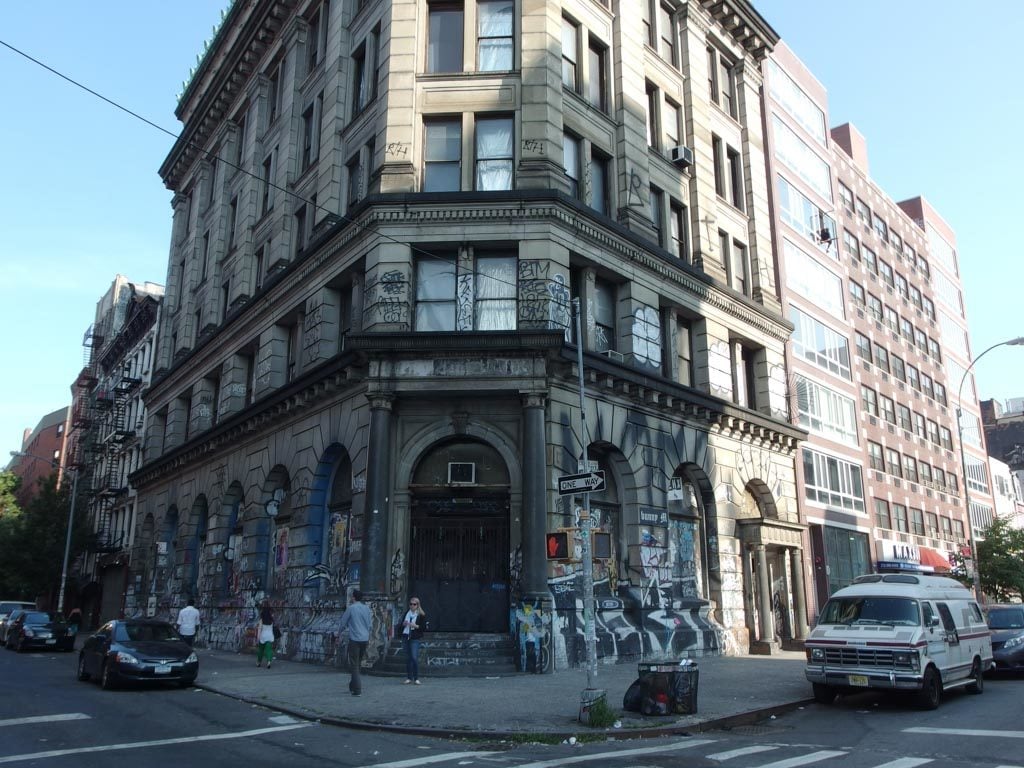People
The 6 Best Quotes From Aby Rosen’s New Yorker Profile


Cait Munro

Real estate tycoon and art collector Aby Rosen is the subject of a profile in this week’s New Yorker, which centers around his plans for the 190 Bowery building in Manhattan’s Lower East Side.
The landmark former Germania Bank building, which Rosen bought for $55 million dollars, was formerly owned by photographer Jay Maisel, who reportedly paid $102,000 for it in 1966.
So far, Rosen has hosted a hotly anticipated art show curated by Vito Schnabel of seven of Schnabel’s favorite painters (who all happen to be white men) on the premises, and now plans to turn the building into a five-story consortium for fashion agencies and archives.
Rosen, who reporter Emma Allen describes as “walrusy” and “graham-cracker golden after a week in St. Barts,” dropped some perfectly delictable soundbites on art collecting, gentrification, and why people in torn jeans are sometimes richer than those wearing bespoke suits.

190 Bowery.
On hoarding:
“I hoard only quality. If something is not good, I throw it away.”
On buying 190 Bowery from photographer Jay Maisel, who had lived there for almost 50 years:
“We gave them six months to find a new home.”
When he turned over the keys, Maisel allegedly left the following objects behind: “Penthouse and Hustler and Playboy magazines, everything catalogued, from 1956 to 1982. There were five thousand screwdrivers, all lined up.”
On his blue-chip art collection:
“I’m surprisingly very unattached to those things. I love them, but if you walk in my house and say, ‘Can I buy it?’ Absolutely. It’s worth X, you can walk out with it.”
On what we’ve dubbed “the Leonardo DiCaprio effect”:
“You want to have the guy coming to the Four Seasons who has the ripped jeans and a T-shirt equally as much as you want the guy with the Tom Ford suit. Because the guy with the jeans, I promise you, has a lot more money.”
On the iconic graffiti that covers 190 Bowery:
“It gives the building some sort of aura, some sort of cachet. But, once the building is finished, who knows? I mean, graffiti is nice, like the gritty seventies of New York. But let’s be honest—those days are gone.”